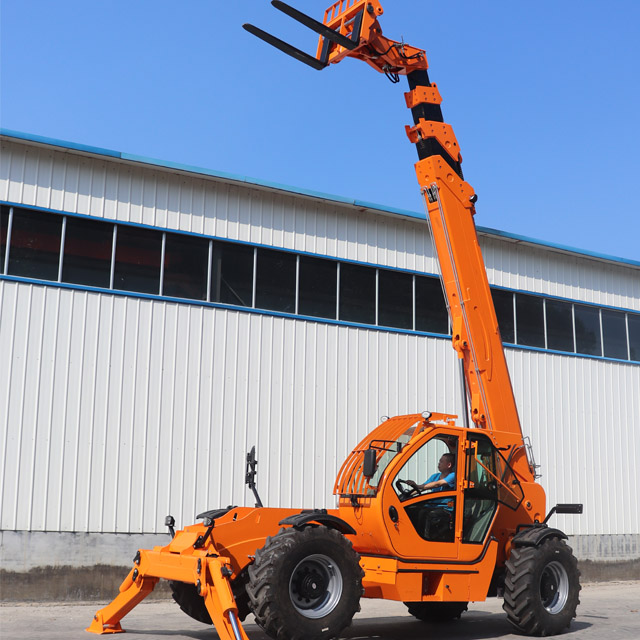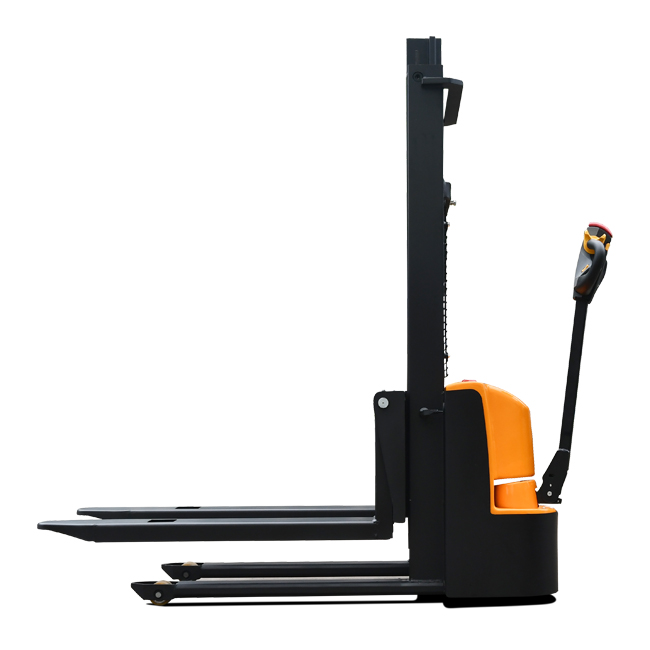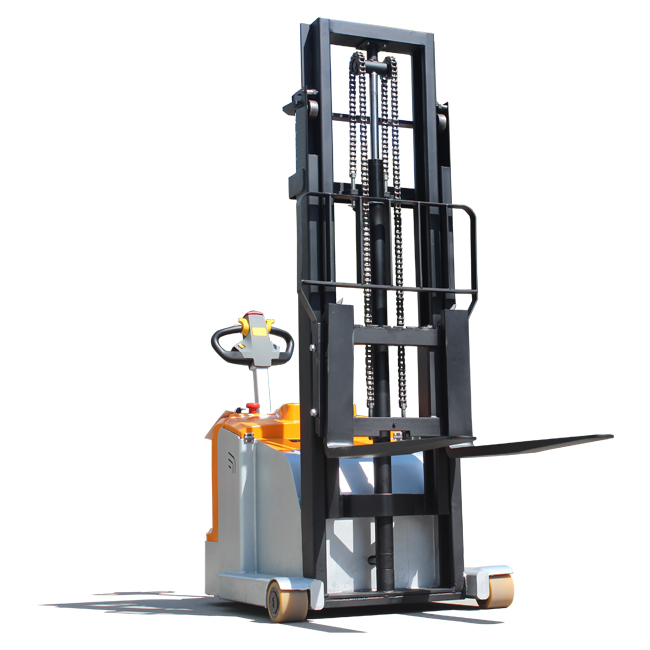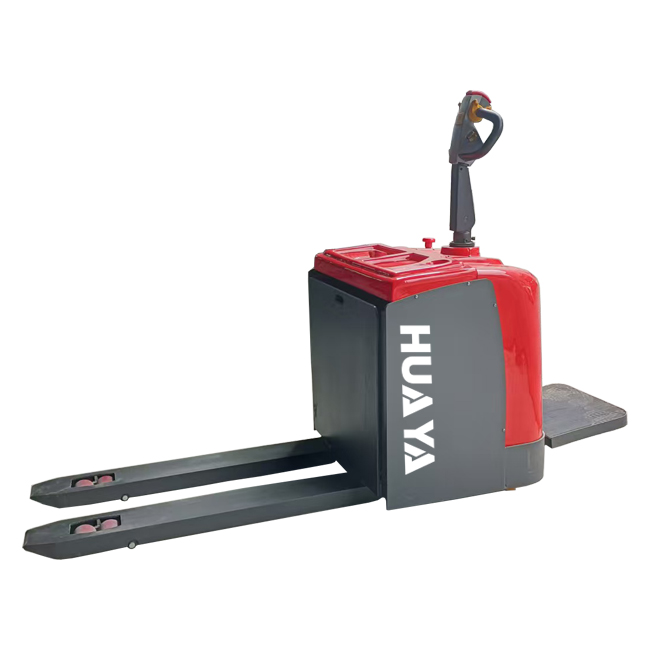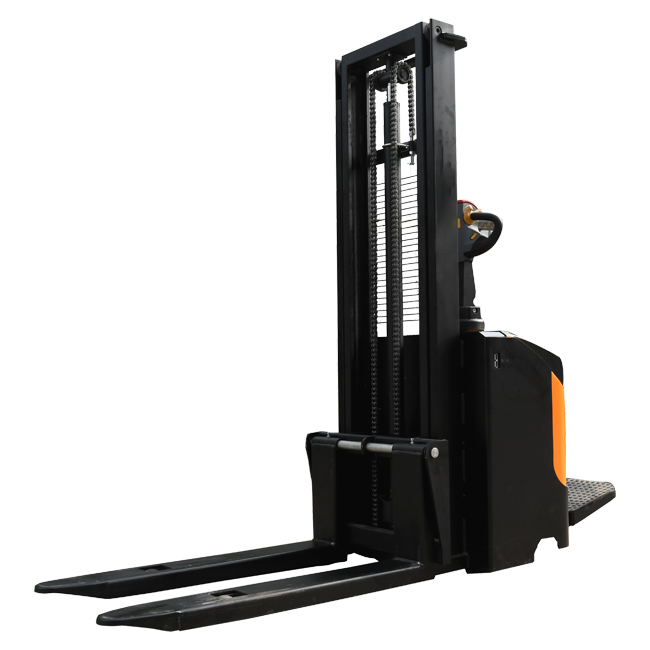Is a Telehandler Street Legal?
12 Sep 2025
Have you ever seen a massive telehandler rolling down the road and wondered, “Wait, is that even legal?” You’re not alone. These versatile machines look like forklifts on steroids, capable of lifting, extending, and handling materials in ways traditional forklifts could only dream of. But while they’re kings on the construction site, the rules of the road are a whole different ball game.
In this deep dive, we’ll break down the legality of taking a telehandler onto public roads, when it’s allowed, when it’s not, and what you need to do if you ever have to move one from jobsite to jobsite.
Understanding the Basics of Telehandlers
What Exactly Is a Telehandler?
Think of a telehandler as a mashup between a forklift and a crane. It’s designed with an extendable boom that can reach impressive heights and distances. Unlike a standard forklift, a telehandler can tackle rough terrain and carry loads across uneven ground.
Where Are Telehandlers Commonly Used?
Construction sites
Agriculture and farming
Warehousing and logistics
Mining and industrial projects
Their flexibility is why you’ll often spot them moving pallets, lifting heavy beams, or loading materials on uneven terrain.
The Big Question — Are Telehandlers Street Legal?
Short Answer: Not Really
In most cases, telehandlers are not street legal in the same way your car or pickup truck is. They’re considered off-road vehicles designed for worksites, not highways.
Why Aren’t They Street Legal?
Here’s the deal:
Speed Limitations – Telehandlers aren’t built for speed; most max out around 20–25 mph.
Safety Equipment – They often lack standard road-legal features like headlights, brake lights, mirrors, and turn signals.
Design Purpose – Telehandlers are engineered for lifting, not commuting. Their wide tires and bulky frames make them tough to handle on busy roads.
Exceptions and Gray Areas
Temporary Road Use
In certain situations, telehandlers can go on public roads, but usually under strict conditions:
Short distances between nearby worksites
With special permits
During off-peak traffic hours
Agricultural Use
Farmers sometimes drive telehandlers on rural roads to move between fields. In many jurisdictions, this is allowed — but only if the telehandler has proper lighting and a slow-moving vehicle (SMV) sign attached.
Special Permits
Some states or regions issue temporary permits for heavy equipment to travel on public roads. This is often cheaper and easier than hauling the machine on a trailer, especially for short distances.
Legal Requirements by Region
United States
DOT Regulations: Telehandlers are typically classified as off-road construction vehicles.
Permits: Oversize or overweight permits may be required.
Farm Exemptions: In rural areas, some states allow farm equipment on roads under certain conditions.
United Kingdom
Telehandlers can be driven on public roads if properly registered and taxed.
They must also have road safety features like lights, reflectors, and license plates.
Operators need the correct driving license category (often Category B or F).
Australia & Canada
Telehandlers are road-legal only with special registration.
Transporting them on a trailer is often the preferred method.
Practical Alternatives to Driving a Telehandler on the Road
Flatbed Transport
Most companies load telehandlers onto flatbed trailers for long-distance moves. It’s safer, faster, and avoids legal headaches.
Escort Vehicles
In cases where a telehandler must travel on-road, escort vehicles may be required to warn other drivers and keep traffic safe.
Localized Jobsite Routes
On massive construction projects (like highways or airports), telehandlers might travel on temporary access roads that aren’t part of the main traffic system.
Risks of Driving a Telehandler on Public Roads
Safety Concerns
Telehandlers are bulky, hard to maneuver, and not designed for high-speed braking. Driving one on a busy road is like putting a sumo wrestler in a sprint race — it’s just not their arena.
Legal Consequences
Fines for operating unregistered equipment
Liability in accidents
Insurance complications
Wear and Tear
Telehandlers are built for rugged sites, not asphalt. Constant road use can damage tires, increase maintenance costs, and shorten the machine’s lifespan.
How to Make a Telehandler Road-Ready (If You Must)
Install Road Safety Features
Headlights and taillights
Turn signals
Mirrors
Reflectors
Register the Vehicle
In regions where possible, you’ll need to register the telehandler like a tractor or farm vehicle.
Secure Insurance
Special insurance policies are often required to cover road use.
Follow Local Speed Limits
Many areas have reduced speed limits for slow-moving machinery.
Telehandler vs. Forklift: Road Legality Comparison
| Feature | Telehandler | Forklift |
| Road Legal? | Mostly no | Also no (unless special permit) |
| Max Speed | 20–25 mph | 8–12 mph |
| Common Exceptions | Farming, permits | Warehouses, docks |
| Safer Transport Option | Flatbed trailer | Flatbed trailer |
Expert Tips for Businesses
Plan Ahead for Logistics
Don’t assume you can just drive a telehandler down the street. Budget for transport or permits in advance.
Train Operators
Even if legal, operators need the right licenses and training for road use.
Use SMV Signs
Always attach a slow-moving vehicle sign when traveling short distances on public roads.
Frequently Asked Questions
Can I drive a telehandler on the highway?
Absolutely not. Highways are off-limits for telehandlers.
Do I need a license to drive a telehandler on the road?
Yes, in most regions. For example, the UK requires a proper driving license category.
What’s the safest way to move a telehandler between sites?
A flatbed truck or trailer is almost always the safest and most legal choice.
Are telehandlers considered tractors?
Not exactly, but in agricultural contexts, they can sometimes be registered and treated similarly.
So, is a telehandler street legal? The short answer is usually no. These machines are purpose-built for worksites, not public roads. While exceptions exist for farming, rural routes, or special permits, the safest bet is to transport your telehandler on a flatbed trailer.
Think of it this way: just because a fish can flop around on land doesn’t mean it belongs there. Telehandlers are kings of the construction site, but on the road? They’re out of their element.
When in doubt, check your local regulations and play it safe. After all, keeping your project running smoothly is a lot easier than dealing with fines, accidents, or broken equipment.
